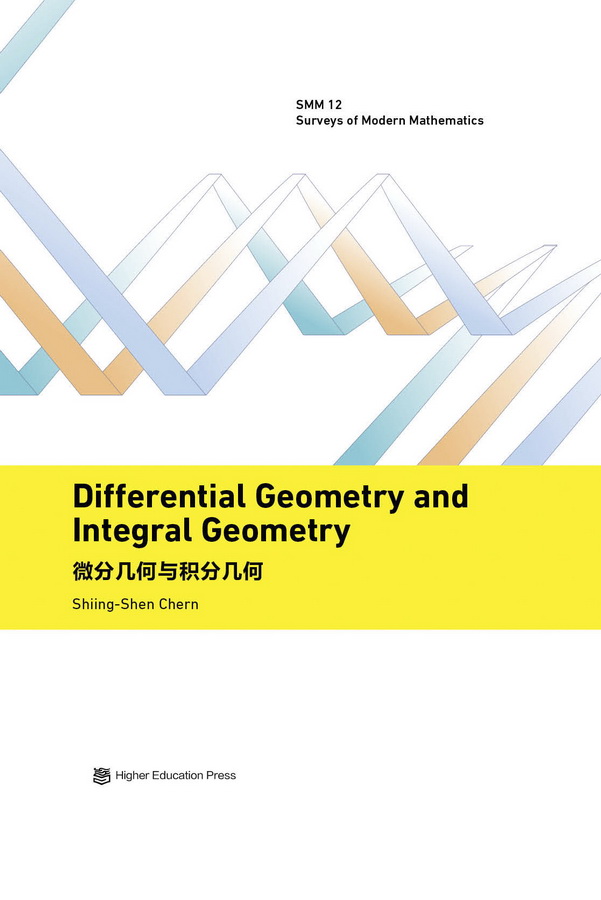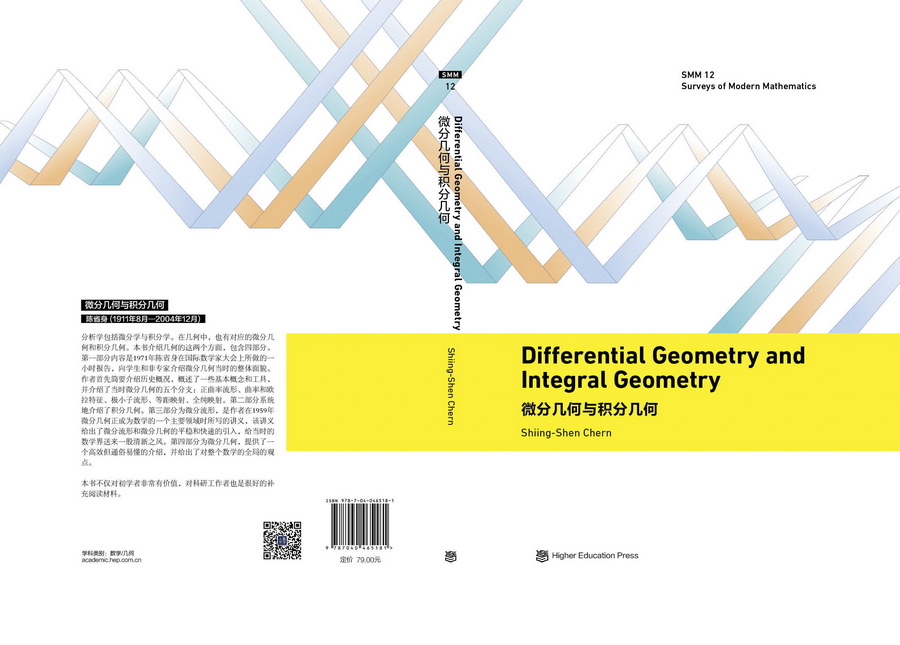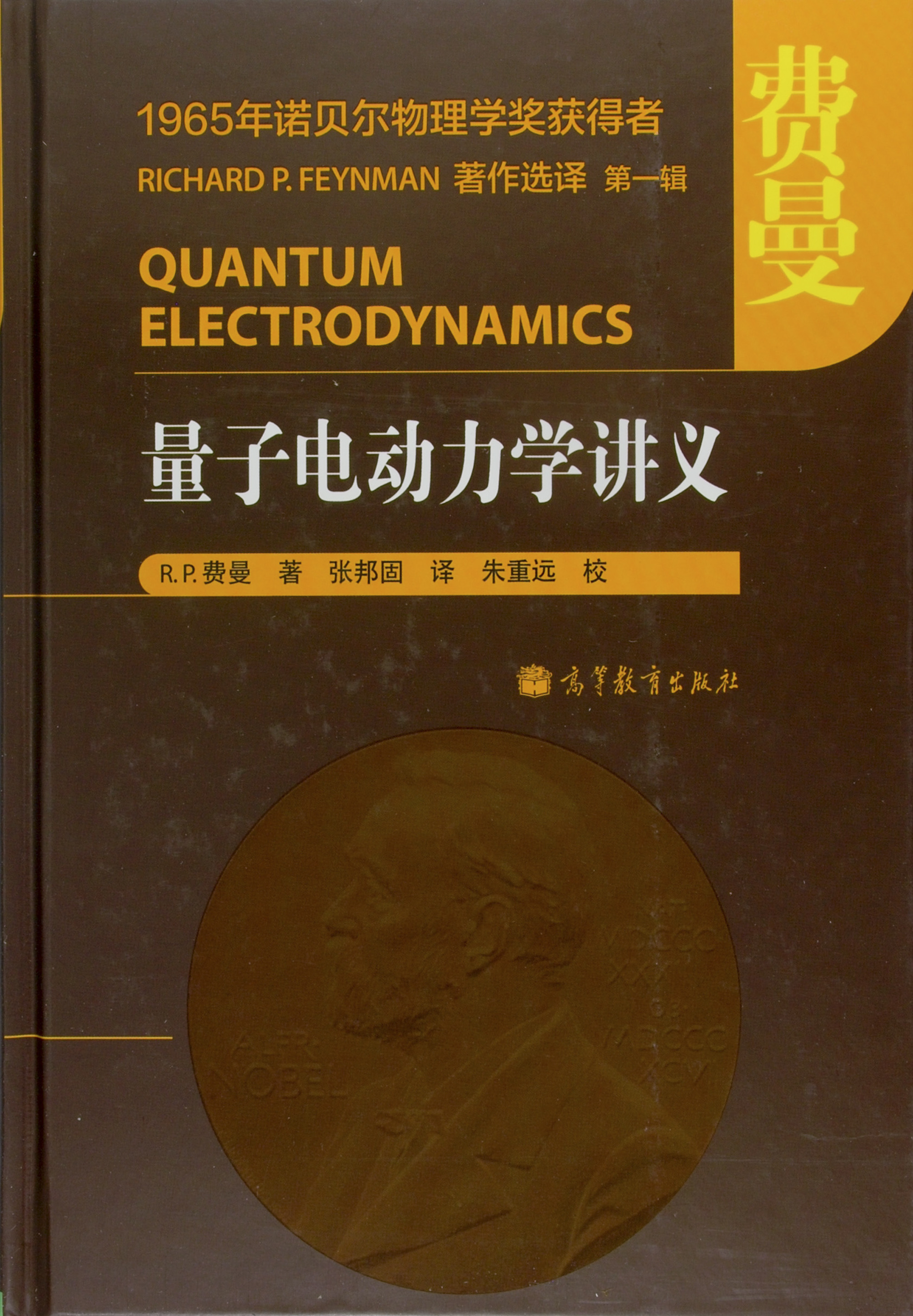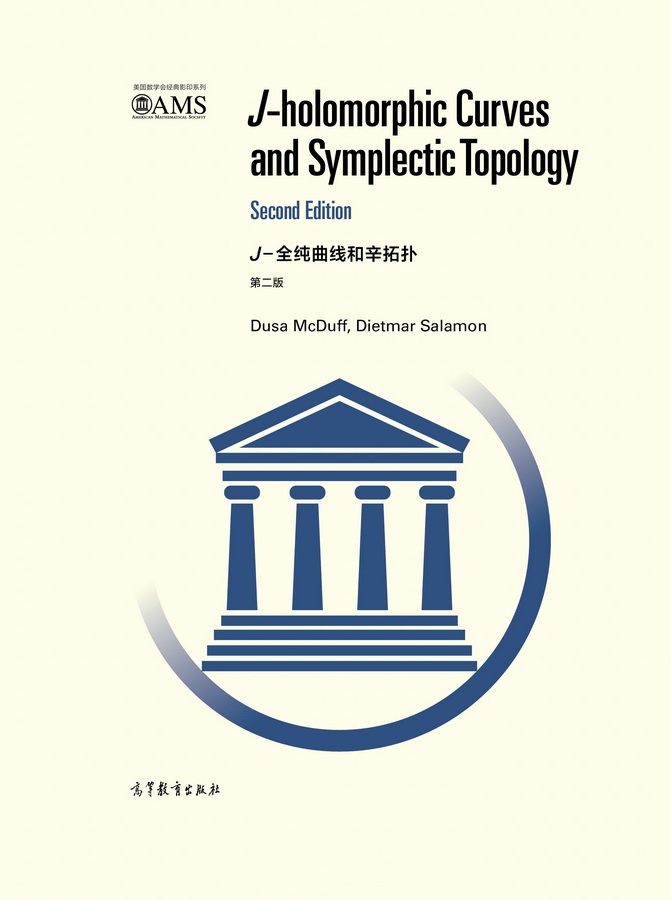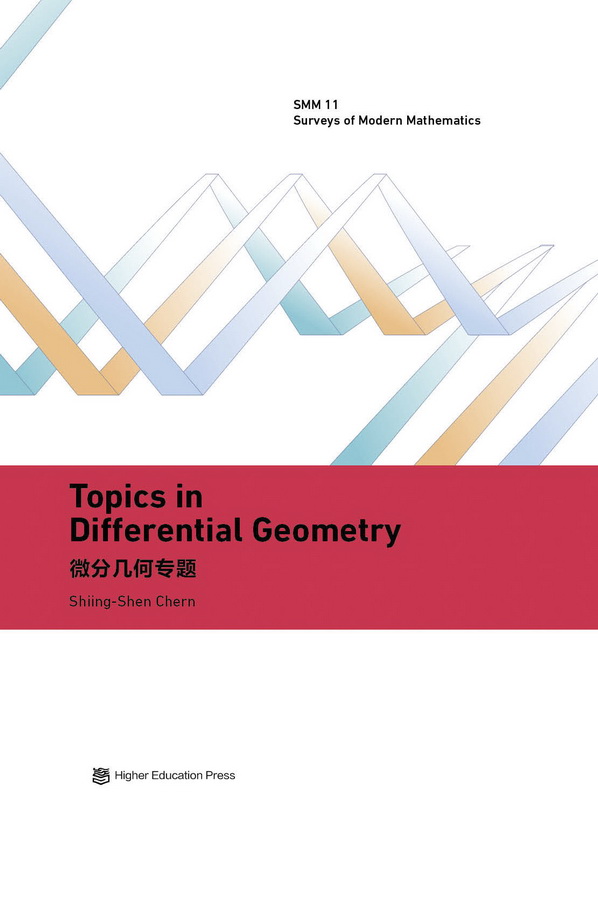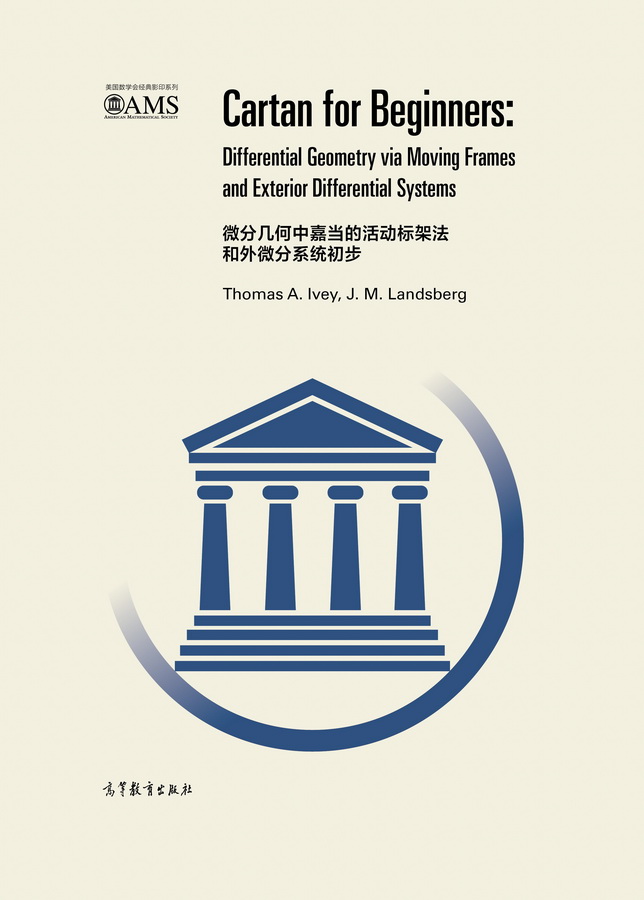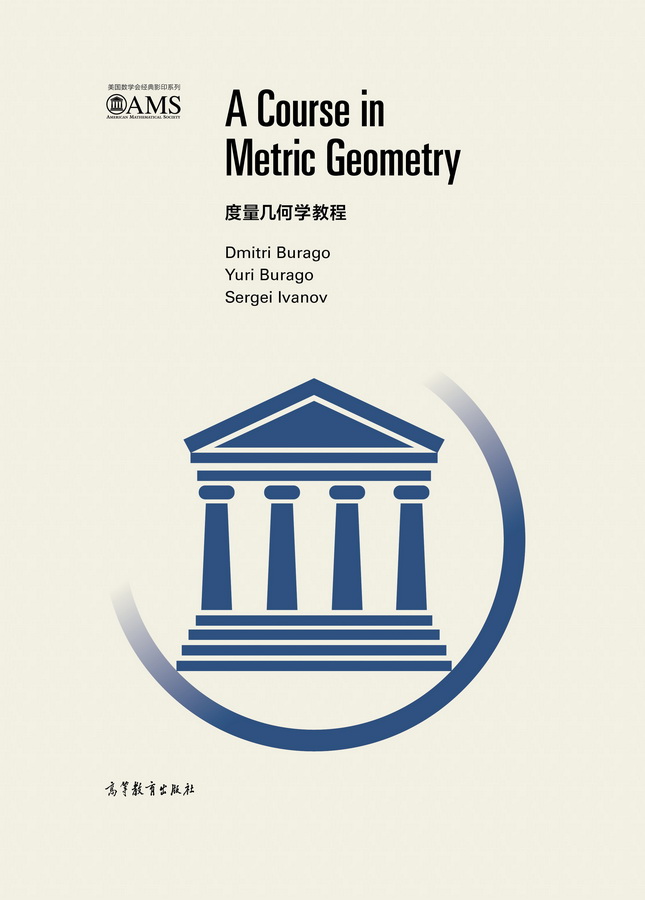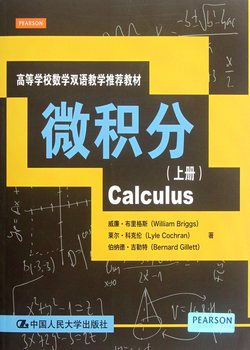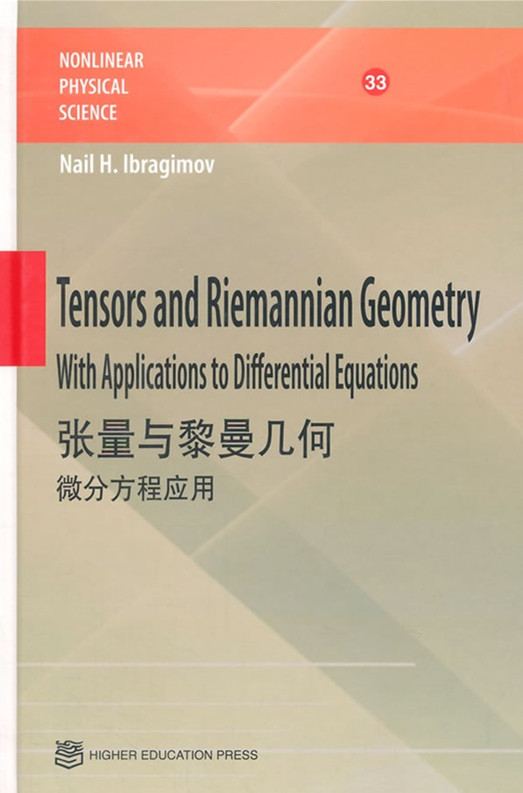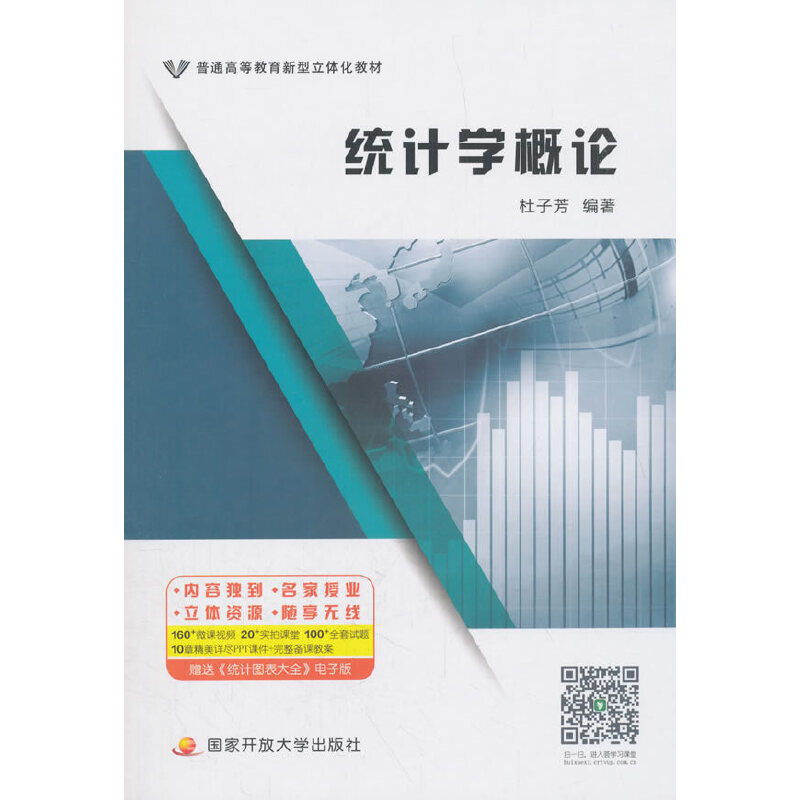微分几何与积分几何(英文版)
作者: 陈省身
出版时间:2016-10
出版社:高等教育出版社
- 高等教育出版社
- 9787040465181
- 1版
- 227536
- 48265985-1
- 精装
- 16开
- 2016-10
- 310
- 247
- 理学
- 数学类
- O186.5;O186.1
- 数学与统计类
- 研究生及以上
分析学包括微分学与积分学。在几何中,也有对应的微分几何和积分几何。本书介绍几何的这两个方面,包含四部分。第一部分内容是1971年陈省身在国际数学家大会上所作的1小时报告,向学生和非专家介绍微分几何当时的整体面貌。作者首先简要介绍历史概况,概述了一些基本概念和工具,并介绍了当时微分几何的五个分支:正曲率流形、曲率和欧拉特征、极小子流形、等距映射、全纯映射。第二部分系统地介绍了积分几何。第三部分为微分流形,是作者在1959年微分几何正成为数学的一个主要领域时所写的讲义,该讲义给出了微分流形和微分几何的平稳和快速的引入,给当时的数学界送来一股清新之风。第四部分为积分几何,提供了一个高效但通俗易懂的介绍,并给出了对整个数学的全局的观点。 例如,除了介绍在欧氏空间中的积分几何的标准主题,它还讨论了齐次空间的积分几何。
本书不仅对初学者非常有价值,对科研工作者也是很好的补充阅读材料。
前辅文
Part I What is Geometry and Differential Geometry
1 WhatIsGeometry?.
1.1 Geometry as a logical system; Euclid
1.2 Coordinatization of space; Descartes
1.3 Space based on the group concept; Klein’s Erlanger Programm
1.4 Localization of geometry;Gauss and Riemann
1.5 Globalization; topology
1.6 Connections in a fiber bundle; Elie Cartan
1.7 An application to biology
1.8 Conclusion
2 Differential Geometry; Its Past and Its Future
2.1 Introduction
2.2 The development of some fundamental notions and tools
2.3 Formulation of some problems with discussion of related results
2.3.1 Riemannian manifolds whose sectional curvatures keep a
2.3.2 Euler-Poincar´e characteristic.
2.3.3 Minimal submanifolds
2.3.4 Isometricmappings
2.3.5 Holomorphic mappings
Part II Lectures on Integral Geometry
3 Lectures on Integral Geometry
3.1 Lecture I
3.1.1 Buffon’s needle problem
3.1.2 Bertrand’s parabox
3.2 Lecture II
3.3 Lecture III
3.4 Lecture IV
3.5 LectureV
3.6 LectureVI
3.7 LectureVII
3.8 LectureVIII
Part III DifferentiableManifolds
4 Multilinear Algebra
4.1 The tensor (or Kronecker) product
4.2 Tensor spaces
4.3 Symmetry and skew-symmetry; Exterior algebra
4.4 Duality in exterior algebra
4.5 Inner product
5 DifferentiableManifolds
5.1 Definition of a differentiable manifold
5.2 Tangent space
5.3 Tensor bundles
5.4 Submanifolds; Imbedding of compactmanifolds
6 Exterior Differential Forms
6.1 Exterior differentiation
6.2 Differential systems; Frobenius’s theorem
6.3 Derivations and anti-derivations
6.4 Infinitesimal transformation
6.5 Integration of differential forms
6.6 Formula of Stokes
7 Affine Connections
7.1 Definition of an affine connection: covariant differential
7.2 The principal bundle
7.3 Groups of holonomy
7.4 Affine normal coordinates
8 Riemannian Manifolds
8.1 The parallelismof Levi-Civita
8.2 Sectional curvature
8.3 Normal coordinates; Existence of convex neighbourhoods
8.4 Gauss-Bonnet formula
8.5 Completeness
8.6 Manifolds of constant curvature
Part IV Lecture Notes on Differentiable Geometry
9 Review of Surface Theory
9.1 Introduction
9.2 Moving frames.
9.3 The connection form
9.4 The complex structure
10 Minimal Surfaces
10.1 General theorems.
10.2 Examples
10.3 Bernstein -Osserman theorem
10.4 Inequality on Gaussian curvature.
11 Pseudospherical Surface
11.1 General theorems.
11.2 B¨acklund’s theorem.

